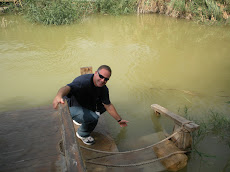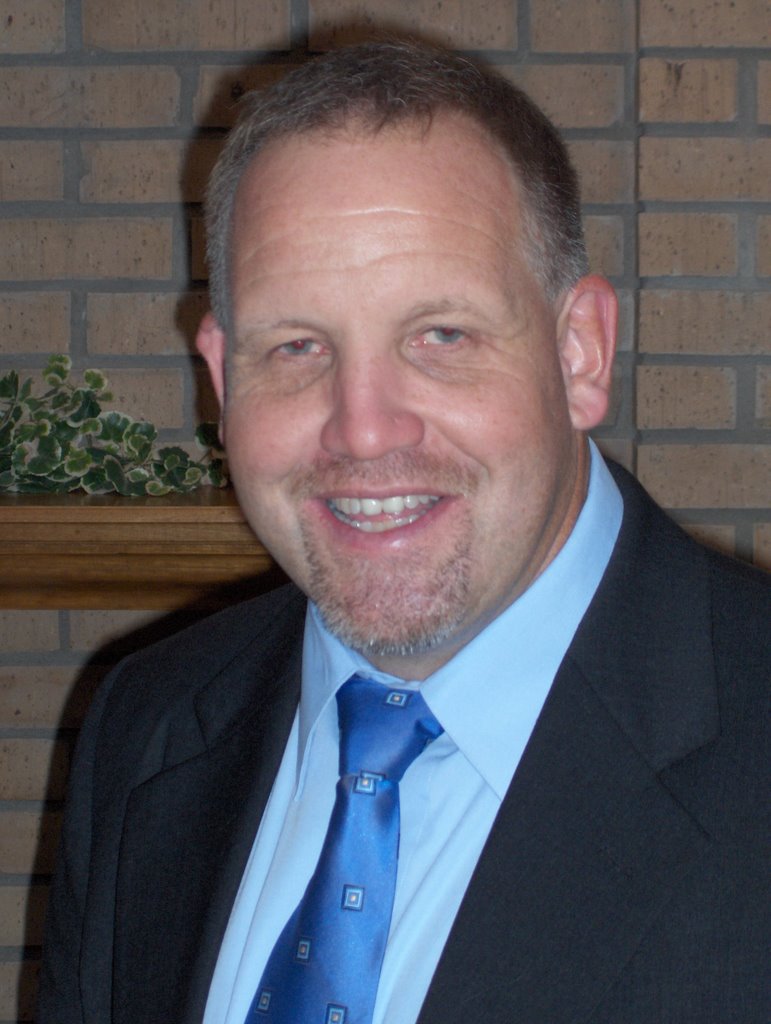Good Morning. Much has been written about the 1904 revival in Wales. Below is yet another reminder that in the same way that revival visited that country, America is in need of a fresh fire from heaven.
Revival in Wales, 1904
he second Sunday of February 1904, Florrie Evans rose to speak in a youth meeting at Tabernacle Calvinistic Methodist Church in New Quay, Wales: I am unable to say very much today but I love the Lord Jesus with all my heart he died for me.1 Her words were few, but they were quite enough to spark a nationwide revival, with 85,000 new professions of faith in Christ.
Distressed at the low spiritual state of churches in the area, her pastor, Joseph Jenkins, had scheduled meetings to address the problem. Florrie attended and became convicted of sin. When she sought Jenkins counsel, he asked if Jesus were Lord of her life. She delivered her answer at that February youth gathering, and the Word and Spirit spread from that place mightily.
The groundwork laid in previous centuries was considerable. Elizabeth I saw the Bible translated into Welsh in the 16th century.2 In the 17th century, Rees Pritchard put Puritan teaching to rhyme as a memory aid for laymen.3 In the early 18th century, Griffith Jones founded literacy schools, with the Welsh Bible as the text.4 Mid-century, the preaching of Hywel Harris and Daniel Rowland complemented the work of Wesley and Whitefield in England.5 Meanwhile, William Williams, the Welsh Charles Wesley, penned such hymns as Guide Me O Thou Great Jehovah.6 With the 19th century came Non-Conformist chapels and preachers, including the Baptist Christmas Evans.7 In 1859, the New York Prayer Revival jumped the Atlantic, adding perhaps 100,000 souls to Welsh churches. But by 1900, liberalism and worldliness had sapped the strength of Welsh Christianity.8
The first Keswick-in-Wales Convention, held in the summer of 1903, stirred the hearts of many young ministers, causing them to yearn for more spiritual power. This was their prayer, and, in 1904, this was God's gift to them.9 The fire was lit in February, and the subsequent blessings were manifold and widespread. Here are some of the more noteworthy features of the revival:
1. The Prayer. Seth Joshua prayed, Bend us, Oh Lord,and that became the revival cry.10
2. The Preacher. At Seth Joshua's and the Holy Spirit's prompting, Evan Roberts prayed Bend me, Oh Lord, and God empowered him to be the revivals lead preacher.11
3. The Library. Besides the Bible, Evan Roberts credited three books with greatest impact on his ministry: Thomas Charles Christian Instructor: A Summary of Christian Teaching, The Welsh Calvinistic Methodist Hymnbook, and John Bunyan's The Pilgrims Progress.12
4. The Healing. When doctors told Roberts brother Dan that his eyesight was deteriorating, Evan said the Lord needed him, and his eyes would be healed. They were immediately.13
5. The Way. Roberts urged hearers to: (1) Confess sin to God as the Spirit reveals it; (2) Remove doubtful things from one's life; (3) Surrender to the Spirit totally; (4) Confess Christ publicly.14
6. The Revival Love Song.Annie Davies rendition of Here Is Love Vast as the Ocean.15
7. The Political Impact. Welsh MP and later British Prime Minister Lloyd George cancelled political meetings to avoid conflicts with the revival.16
8. The Social Impact. The crime rate dropped, old debts were repaid, ale houses stood empty, and work improved in the mines.17
9. The Unity. Denominational rivalry largely disappeared during the revival.18
10. The Attacks. No work of God would be complete without its detractors. Rev. Peter Price, a Congregational Minister in Dowlais, took to the newspapers to denounce Evan Roberts.19
The revival was a glorious time, but spiritual vitality is not inherited. Today, Wales languishes in spiritual disarray. But God has returned in power to that region repeatedly in the 18th, 19th, and 20th centuries. Now, in the 21st century, it is time once again for urgent utterance of the prayer, Bend us, Oh Lord. It appears that great things happen when the people thus petition God.
Footnotes :
1 Kevin Adams and Emyr Jones, A Pictorial History of Revival: The Outbreak of the 1904 Welsh Awakening (Nashville: Broadman & Holman, 2004), 40-43.
2 Ibid., 20.
3 Ibid., 22.
4 Ibid., 23.
5 Ibid., 24.
6 Ibid.
7 Ibid., 25.
8 Ibid., 30-31.
9 Ibid., 36.
10 Ibid., 65.
11 Ibid.
12 Ibid., 52.
13 Ibid., 75.
Monday, June 19, 2006
Subscribe to:
Post Comments (Atom)


1 comment:
Bryan,
Found your blogsite from reading your comment on Dana's. Good to find you again! We haven't touched base in a lot of years now!
May God grant our prayers for awakening and revival in our lifetime. My heart always thrills to read of the great movements of the Spirit in history. If only he would pour out his Spirit again soon!
DMoorhead9@aol.com
Post a Comment